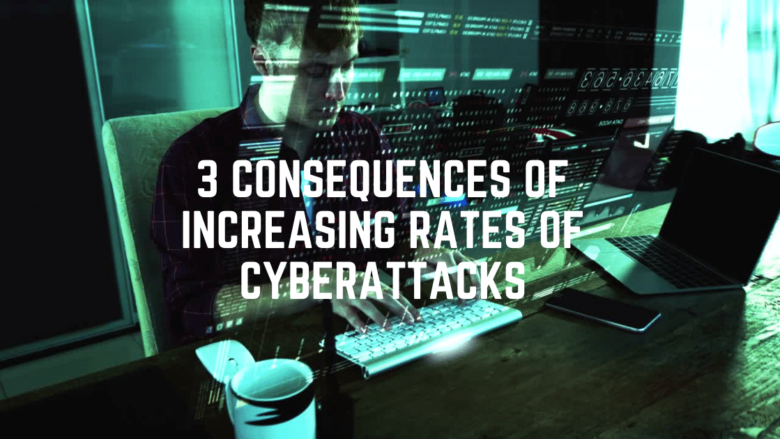Cyberattacks are on the rise. In 2021, ransomware attacks alone increased by 105 percent. The rate of malicious e-mails sent saw a 600 percent spike as a result of the COVID-19 pandemic. By 2025, cybercrimes are expected to cost businesses around the world more than $10 trillion annually.
But rising costs are far from the only consequences that businesses and consumers face with cybercrimes on the rise. Keep reading to learn a few of the other consequences caused by increasing rates of cyberattacks.
Customers Are More Aware of Cyberattacks Than Ever Before
With cyberattacks on the rise, more and more consumers are becoming aware of the effect that a breach can have on their own personal finances and security. As a result, they’re becoming warier of doing business with companies that have suffered a breach in the past. In one study, one in every four Americans reported that they wouldn’t do business with a company that had been the victim of a data breach in the past, even if they themselves weren’t a victim.
Whether that breach was something that the company could have prevented or not, consumers today expect that businesses will take appropriate measures to prevent breaches and safeguard their personal information.
More Businesses Are Investing in Cyber Insurance
To keep their customers and protect their own data, businesses are constantly looking for new ways to protect themselves from cyber attacks. Some have even turned to cyber insurance. This acts as a sort of backup plan; if their defenses fail and they fall victim to a cyberattack, cyber insurance can help to pad the financial blow.
Unfortunately, a consequence of this increased concern about cyberattacks has only bred a new type of attack. Cybercriminals are now forcing victims to pay ransomware settlements. After stealing a company’s data or locking down their infrastructure, they demand payment before they will release said data or infrastructure. To guarantee a higher payout, they may target companies that they know have invested in cyber insurance, as many policies have a clause for ransomware payments.
Victims Are Getting Younger
Often, when we discuss protecting individuals from the threat of cyberattacks, the topic centers on educating senior citizens about scam phone calls and e-mails. But the data shows that as cybercriminals get smarter and more advanced in their efforts, younger people are increasingly their victims.
Members of Generation Z, now between the ages of 18 and 24, are less likely to report a cybercrime than older generations, and more likely to become victims of it. Experts believe this is likely due to the fact that this generation grew up online and are used to doing everything on the web. As a result, they may be more comfortable sharing their personal information and overly confident about their tech skills.
Protecting Your Business From Increasing Cyberattacks
From younger victims to smarter tactics, cybercriminals have been ramping up with efforts for years now. Protecting your business from the increasing threat of cyberattacks now and in the future means staying up to date on the latest tactics used by criminals, as well as the tools available today to protect yourself. While investing in a service like cyber insurance can be a good backup plan, it’s more important to invest in your cybersecurity infrastructure to prevent an attack in the first place.











FIND US ON SOCIALS